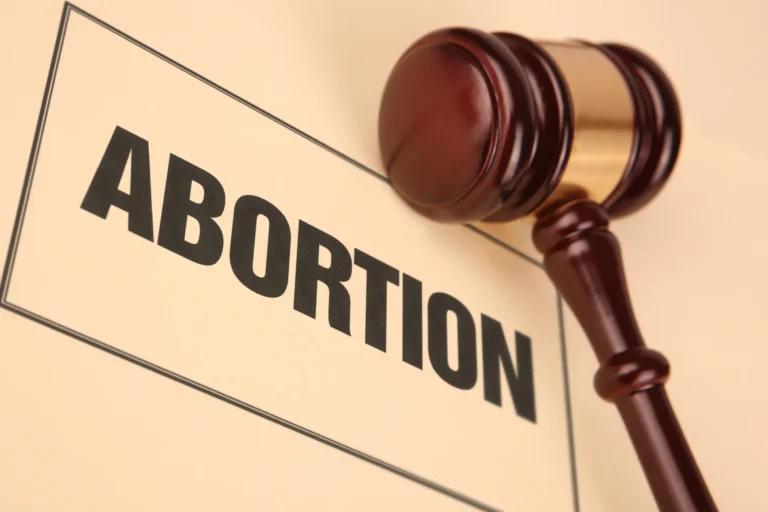32 Million Extra Men Spells Demographic Trouble for China
With far more men than women, China’s sex imbalance has already reached epic proportions. But a new study published in the British Medical Journal (BMJ) suggests that the problem is only going to get worse.
The study, conducted by researchers Wei Xing Zhu, Li Lu, and Therese Hesketh, and published on April 10th, confirmed that men outnumbered women for all age groups. They write, “In 2005 males under the age of 20 exceeded females by more than 32 million in China, and more than 1.1 million excess births of boys occurred.” (BMJ 2009; 338: b1211).
To those of us who follow China, these numbers aren’t really surprising. The one-child policy has been in place now for three long decades. What has raised eyebrows is that the problem seems to be growing.
The study based on the 2005 census, showed that the younger the age group studied, the more boys predominate. The imbalance was highest in the group aged one to four years. In this group, there were an astounding 126 boys for every 100 girls: five boys for every four girls.
“The highest sex ratios were seen in provinces that allow rural inhabitants a second child if the first is a girl,” the report concludes. Of course, the provinces that allow a second child if the first is a girl are precisely those where son preference is the strongest. This relaxation of the one-child policy in those areas was intended to reduce female infanticide. Instead, it has encouraged families to think that, by selectively aborting any girls they happen to conceive, they can have not just one son, but two. As the report says, “Sex selective abortion accounts for almost all the excess males.”
“Although it is well documented that the preference for sons is the cause of the high male to female ratio,” an accompanying editorial reads, “the preference itself does not directly lead to this high ratio. A preference for sons can affect the sex ratio only in the presence of widespread access to sex selective technology (for example, ultrasound) and a reduced fertility rate (by choice or by coercion).” (BMJ 2009; 338; b483)
In other words, by forcing down the birth rate at the same time that it has made ultrasound technology widely available, the Chinese state is responsible for the selective elimination of baby girls that results. Laws forbidding the use of ultrasounds to determine the sex of the unborn child exist, but are widely ignored.
The BMJ editorial goes on to question population control orthodoxy as well, writing that “From the 1970s, before the policy was imposed, China saw an emerging culture of having a small family as a result of social and economic developments. The most dramatic decrease in the fertility rate, from 5.9 to 2.9, occurred between 1970 and 1979. After the one child policy was introduced in 1979, the rate fell more gradually, and since 1995 it has stabilized at around 1.7. It has therefore been suggested that China’s total fertility rate would have decreased even without the one child policy.
See the Source: Wei Xing Zhu, Li Lu, and Therese Hesketh, “China’s excess males, sex selective abortion, and one child policy: analysis of data from 2005 national intercensus survey,” British Medical Journal, 9 April 2009.
Pill Inventor Decries “Demographic Catastrophe”
The inventor of the birth control pill, Carl Djerassi, has apologized — sort of — for inflicting sterile sex on the world.
In an article in the Austrian newspaper, Der Standard (13 December 2008), the Austrian chemist spoke of the consequences that “Der Pill” has had on his native land. He speaks of Austria’s anemic birthrate, now running at only l .4 children per woman, as a “demographic catastrophe? He laments the fact that young people want to have sex, but not children. They want, he says, “’to enjoy their schnitzels while leaving the rest of the world to get on with it.”
Mr. Djerassi’s lament stopped far short of a mea culpa, however. He passes over without mention all of the adverse health consequences that flow from his pills, from high blood pressure and decreased libido to more serious things like thrombosis and cancer. Nor does he refer to the epidemic of sexually transmitted disease that has followed, as night follows day, the separation of sex from procreation.
Instead, the 85-year-old inventor is worried about the rapid aging of Austria’s population. Who will support the growing numbers of elderly but the shrinking numbers of young, Djerassi asks? He foresees the young being crushed by the weight of heavy taxes, levied to provide pensions and health care to the elderly. The population implosion will then accelerate as ever fewer young people are taxed into ever greater poverty — and consequently put off marriage and child-bearing even more.
Now 85 years old, Djerassi wants his Austrian compatriots to change their attitudes to be more welcoming of children. Coming from the yew man who, more than any other, made it possible to reject children while welcoming a carefree schnitzel, this change of heart would be ironic were it not so tragic. Djerassi has arguably facilitated the slow collective suicide of his people.
Once loosed upon the population, Der Pill cannot be put back into the box.
See the Source: “Warum wir bald sehr alt ausschauen,” Der Standard, 13 December 2008, http://derstandard.at








